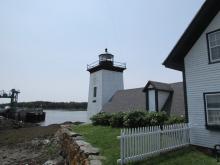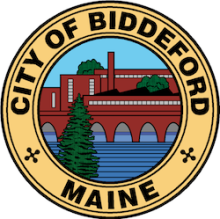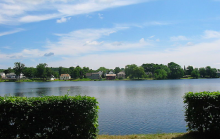Islesboro Brings Affordable Gigabit to Island Living in Maine
Islesboro Municipal Broadband (IMB) is about to celebrate its second birthday. Instead of two candles on a cake, the community has around 630 lit Fiber-to-the-Home (FTTH) subscriptions to mark the occasion. With more than 90 percent of the premises on the island connected to the network, the community can revel in its accomplishment as it considers the future.
Super Affordable, Super Satisfied
Residents pay only $360 per year to connect to the gigabit service, which has become part of the "fabric of the island" says Roger Heinen, Selectman who's part of the Islesboro Broadband Committee. Property owners also pay a modest increase in property taxes to satisfy the municipal bond the community issued to pay for deployment. In total, most property owners pay less than $85 per month for gigabit connectivity and the optional voice service from GWI. In addition to bringing fast and affordable high-quality Internet access to the community, Roger says that its reliability is so consistent that he thinks people have forgotten what the situation was like before the community network served the island community.
Subscribers report high satisfaction with IMB on biannual surveys. While there are still a few people in the community that have not connected to the IMB, he speculates that those people aren't interested in connecting in any way.
Saving Smartly
Every connection in Islesboro provides gigabit Internet access and, according to Roger, the decision to limit offerings to one tier was a way for the community to reduce costs. There's no need for complicated inventories of different types of gear, they know that every premise has the same gear and level of service, making billing easier and more streamlined, and they received a substantial discount because they bought so many of the same type of electronics. They knew that standardization would simplify and reduce costs and wanted gigabit service because it accommodates future innovation that demands more capacity.




